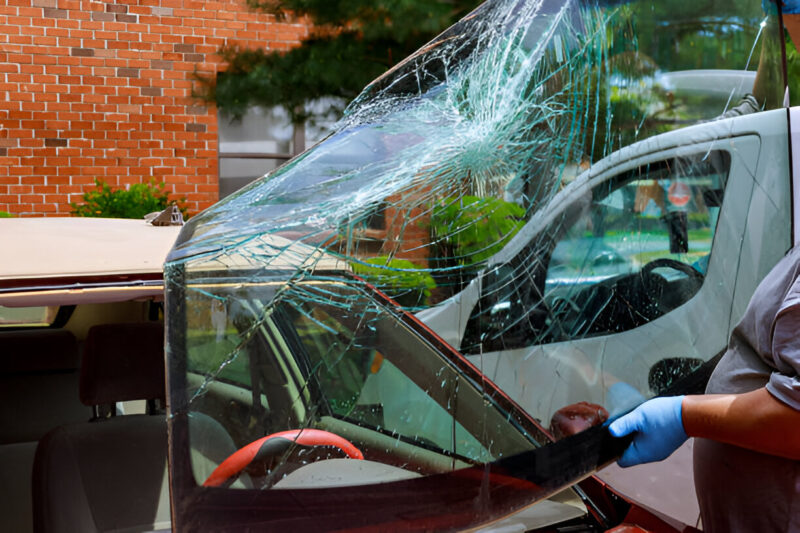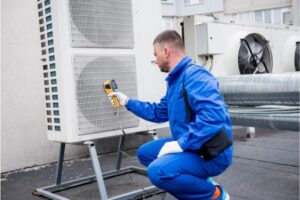
A damaged windshield can compromise your safety, visibility, and overall driving experience. If you’re a Twin Cities driver facing cracks, chips, or shattered glass, it’s crucial to know what steps to take and what to expect during windshield replacement. From understanding your options to choosing the right technicians, this comprehensive guide covers everything you should know before replacing your windshield in the Twin Cities.
1. Assess the Damage
Before deciding on a replacement, assess the extent of the damage. Small chips or cracks under three inches can often be repaired. However, larger, spreading, or deep cracks—especially those in the driver’s line of sight—typically require a full replacement. Damage near the edge of the windshield can also weaken the glass, making replacement the safer choice.
2. Know the Risks of Driving with a Damaged Windshield
Ignoring a damaged windshield can lead to serious risks. A cracked windshield may obstruct your view, increase the chance of injury in an accident, and affect the structural integrity of your vehicle. It can also interfere with airbag deployment and cause you to fail a safety inspection in Minnesota.
3. Understand Minnesota’s Legal Requirements
Minnesota law mandates that vehicles must maintain an unobstructed view of the road. Driving with a severely cracked or damaged windshield can result in a citation. If law enforcement deems the damage to affect visibility, you may be required to replace the windshield immediately.
4. Check Your Insurance Coverage
Most comprehensive auto insurance policies in Minnesota cover windshield repair and replacement, often with little to no deductible. Check with your provider to understand what’s included and whether they have preferred service providers in the Twin Cities. Many local shops can help process the claim directly.
5. Choose Between OEM and Aftermarket Glass
OEM (Original Equipment Manufacturer) glass matches the specifications of your vehicle’s original windshield. Aftermarket glass may be more affordable but can vary in fit and quality. For vehicles with Advanced Driver Assistance Systems (ADAS), OEM glass is often required for accurate recalibration.
6. Consider ADAS Recalibration
Modern cars often include ADAS features such as lane departure warnings, adaptive cruise control, and emergency braking. These systems typically rely on sensors or cameras mounted on the windshield. If your vehicle includes ADAS, make sure the technician performing the replacement is certified to recalibrate these systems.
7. Select a Certified Technician
Certification matters. Look for technicians certified by the Auto Glass Safety Council (AGSC) or National Glass Association (NGA). These professionals are trained to install windshields according to industry safety standards, ensuring a proper fit and secure bond. Improper installation can lead to leaks, wind noise, or glass failure during impact.
8. Ask About Mobile Service Options
In the Twin Cities, many local auto glass replacement companies offer mobile service, coming to your home or workplace for added convenience. This is particularly helpful during winter when driving with a cracked windshield can be hazardous.
9. Plan for Installation Time and Cure Period
A typical windshield replacement takes about 60 to 90 minutes. However, the adhesive used to secure the glass requires a curing period before the car is safe to drive—usually between one to three hours. Always ask your technician for the safe drive-away time.
10. Understand the Warranty
Reputable windshield replacement companies offer warranties covering installation, workmanship, and sometimes even future glass damage. Before scheduling service, confirm the terms of the warranty and what’s included.
11. Prepare Your Vehicle for the Appointment
Remove any personal items near the dashboard or windshield area. If your vehicle will be serviced outdoors, ensure it’s parked in a safe, accessible area. During winter, clearing snow or ice in advance helps speed up the process.
12. Evaluate Local Providers
Search for well-reviewed auto glass replacement services in Twin Cities. Look for providers with strong local reputations, transparent pricing, certified staff, and good customer service. Reading Google and Yelp reviews can help you make an informed choice.
13. Ask About Glass Quality and Materials
High-quality glass is essential for durability and safety. Ask your provider if they use OEM or OEM-equivalent glass, and whether their adhesives meet Federal Motor Vehicle Safety Standards (FMVSS).
14. Beware of Low-Cost Gimmicks
Some services advertise unusually low prices, but this may reflect poor-quality materials or uncertified labor. Remember, your windshield plays a vital role in your vehicle’s safety. Don’t compromise quality for a small discount.
15. Follow Post-Installation Guidelines
After your windshield is replaced, follow any care instructions provided. Avoid slamming doors, high-pressure car washes, and rough terrain for at least 24 hours. This allows the adhesive to set properly and ensures a secure bond.
Why Local Twin Cities Experts Are the Best Choice
Local providers understand the weather, road conditions, and legal standards specific to the Twin Cities. They are more likely to offer flexible scheduling, mobile service, and one-on-one customer support. Supporting a local business also means faster response times and more personalized care.
Conclusion
Replacing your windshield isn’t just a routine fix—it’s an important safety measure that should be handled by professionals. From assessing damage and insurance claims to choosing certified technicians and high-quality glass, each step plays a vital role in ensuring your safety on Twin Cities roads.
By being informed and choosing a reputable local service, you’ll not only protect yourself and your passengers but also maintain the value and performance of your vehicle. Don’t wait until a small crack becomes a serious problem. Know the facts, make the right choice, and trust your windshield replacement to the experts who understand your needs best.


